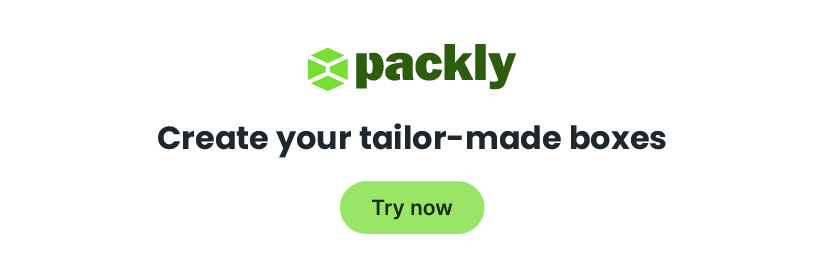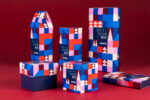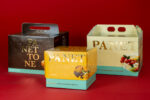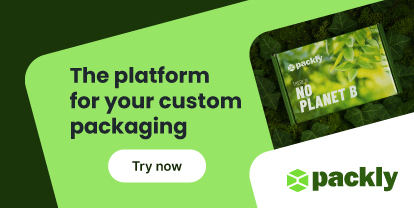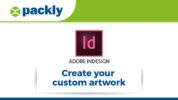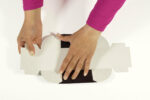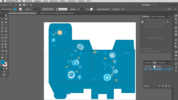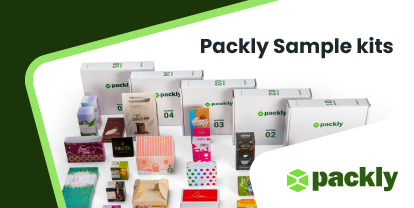A creative brief is the first step in the creation of packaging. This gives you a broad understanding of the needs and requirements that you have to cover with your product. How to do it?
Creative brief: step one
With customers, what makes the difference is proper communication. This is for two reasons in particular
- to achieve highly functional professional packaging
- simplify your design work
We have prepared a series of downloadable questions for you to help you handle a creative briefing. Once you have all the answers, you can start creating your packaging right away!
1. What are the main features of the product?
The starting point of your concept and design work for a new packaging in a creative brief, is asking your client to explain in detail the main features of the product. Gathering all the information in a clear and precise way will give you a broader vision and the opportunity to design a packaging that is better suited for the product, and that highlights its strengths.
2. What makes it unique?
Usually, clients reply with a list of the many features of their product. Ask your client to reply with a single word, to tell you what the true uniqueness of the product is (or, at least, its most important feature). In other words, try to understand why a potential buyer would want to choose that product rather than the competition. The answer to this question will help you determine the most important detail that needs to be communicated through the packaging.
3. What is the selling price of the product?
Depending on the selling price of the product, you and your client can define the budget that can be spent on packaging. In a creative brief, there is no exact rule – in general, the higher the cost of the product, the more you can invest in its packaging in order to promote it and increase the customer’s perception of its value.
For example: if your client sells common table salt, the maximum budget to be allocated to the product’s packaging would be a few pennies and, consequently, the choice of materials would be limited. If, on the other hand, the product is a high-end anti age face cream priced 40€ and aimed at particularly demanding customers, a higher amount of money could be allocated to its packaging, allowing you to use materials or finishes that can further enhance the product, such as laser micro-cut decorations, drip-off finishing, hot stamping, engraving, etc…
4. What is the target audience?
In other words: who is the typical customer? You must understand if, for example, the product is targeted to a demanding audience, who are willing to spend more in order to own an exclusive product, or if the product is aimed at a price-conscious audience, who prefer to save money.
You’ll have to select the type of packaging based on the characteristics of the target audience and other marketing choices related to it: communication type, price and sales channels (small shops, supermarkets, exclusive boutiques). In fact, the packaging should adapt to the typical customer and “work” with all the other elements that contribute to reaching the desired target audience.
5. Who are the competitors?
Once you have collected all the available information on the product, analyze the competitors’ products as well. This activity can be very useful as it allows you to understand how competitors position themselves on the market and, consequently, to find a way to differentiate your client’s product and make it stand out with the right packaging.
For example: usually in the dairy industry colors such as white, blue and green are preferred, as they communicate a sense of freshness. Why not try to change this unwritten rule and suggest new, less used colors and graphics to attract the attention of potential customers?”
6. Is the packaging going to be primary or secondary?
If you are working at a packaging for the food industry, it is of utmost importance that you ask if the packaging is primary or secondary. If the packaging is primary – that is, in direct contact with the product – the materials and finishes used must comply with specific regulations. For example: cardboard, glue and ink must be suitable for contact with food.
7. Will the packaging be filled manually or automatically?
If the products will be packaged in an automated plant, request a copy of the guidelines of the machinery used, and design the packaging based on technical specifications. If, on the other hand, the packaging will be filled manually, you will have greater freedom of design. In this case, for example, you can select a packaging with an automatic bottom to facilitate the process of manually filling the boxes.
8. What are the physical characteristics of the product: weight, size, shape and texture?
Structural design choices (such as shape, dimensions, type of materials and paper weight) depend on the physical characteristics of the product. For example, when creating a packaging for a liquor bottle, keep in mind that the weight will be concentrated on a limited area, and therefore the bottom of the box will have to be of the automatic or dovetail groove type to support the weight of the bottle. If, instead, you are designing packaging for a bulky product, such as a large cake, it will be important to find a practical way to help transport the box.
Conclusions
This list of questions will help you collect all the information required to design a new packaging and achieve a better result, optimizing your work.




